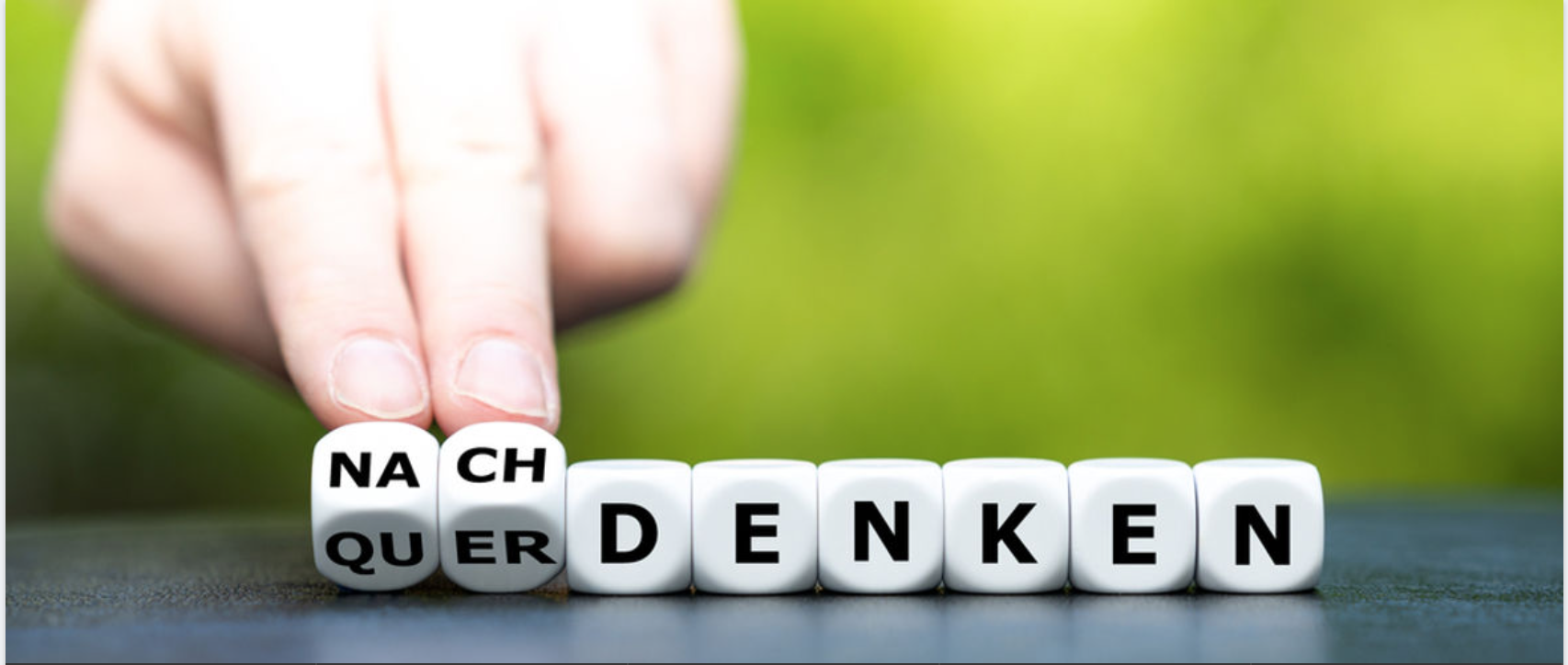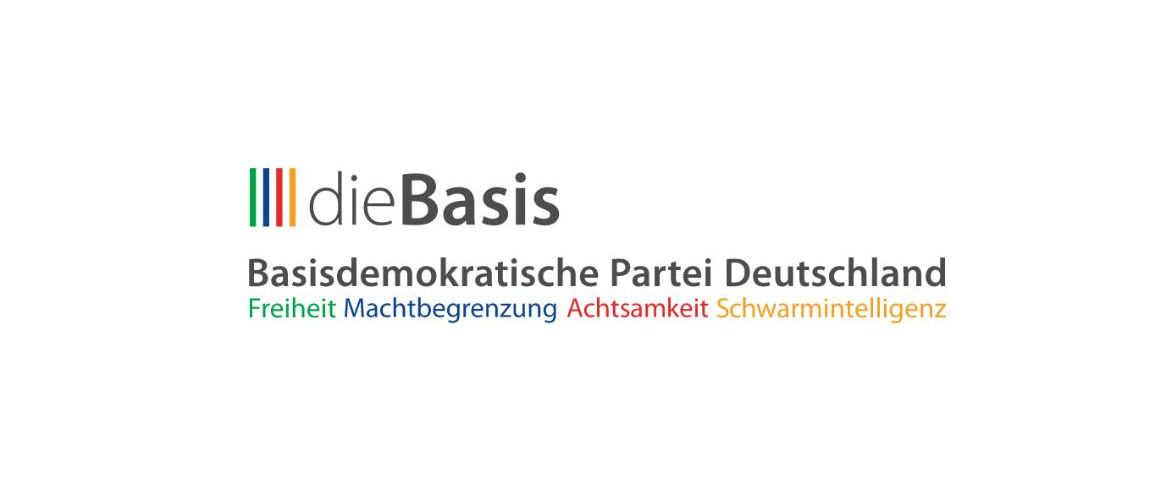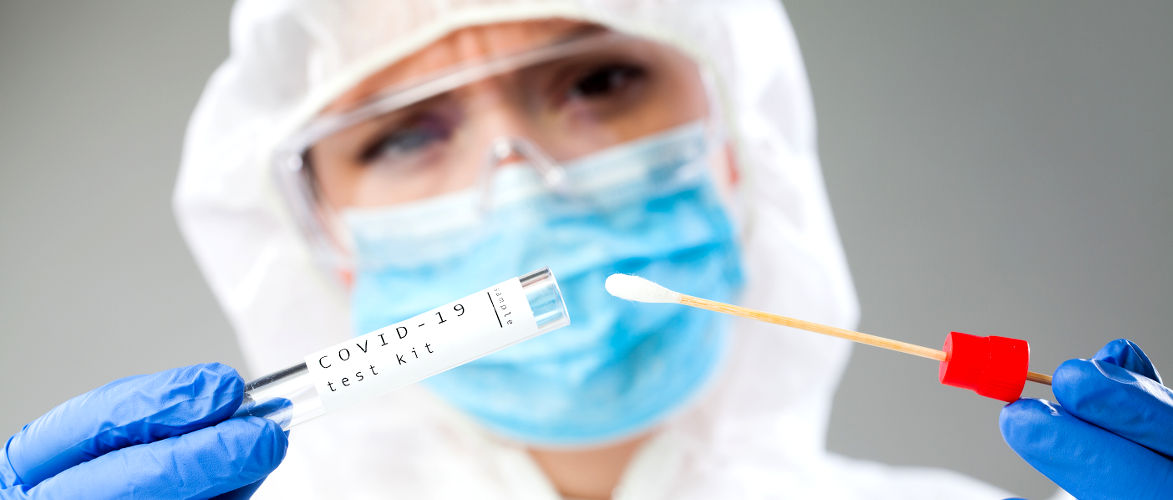A commentary by Christian Kreiß.
How are medium-sized businesses doing?
The economic information service provider Creditreform, which regularly conducts surveys of German small and medium-sized businesses, published its latest survey results on April 20:
(translation)
„Thereafter, the order situation and sales deteriorated sensitively. The business climate index for small and medium-sized businesses slipped to its lowest level since 2009.“
Companies’ expectations had improved slightly compared to the spring of 2020, but were “still miles away from the levels of recent years.” In the mid-winter period of 2020/21, 34.6 percent of companies had reported a decline in sales; in 2019, this figure had been 17.3 percent, and in 2018, 15.2 percent. The inferior sales and profits had led to “declining resilience,” equity ratios had fallen as a result of the Corona crisis, and “the share of equity-weak companies (equity ratio below 10 percent) increased […] noticeably from 27.4 to 30.7 percent. (1)”.
The Kfw-ifo Medium-Sized Business Barometer April 2020, which was published on May 10, comes to a somewhat better conclusion. According to this, “medium-sized companies are doing well”. Business expectations had improved and returned to the level seen at the end of 2018, but the real situation was still much worse than in the period before the lockdowns (2). However, both studies agree that the medium-sized businesses have suffered severely from the lockdowns and are still suffering badly. However, this has not yet been reflected in the number of bankruptcies, as normal bankruptcy legislation was suspended from spring 2020 to April 30, 2021, thus postponing many bankruptcies.
In 2020, there were approximately 16,000 corporate bankruptcies. That was down about 16 percent from 2019, when there were about 19,000, and the lowest level in 20 years (3). Because of the bankruptcy holdup, most forecasts now expect bankruptcies to rise to just over 25,000 in 2021 (4), with estimates ranging from plus 6 to plus 50 percent (5). The question is also repeatedly asked as to whether a wave of bankruptcies is now heading our way because of the catch-up effect.
Bankruptcies and business closures
A distinction must be made between business closures and bankruptcy. Usually, only larger companies with debts file for bankruptcy, while small companies and self-employed persons simply close their business without filing for bankruptcy. Therefore, the estimated figures for all expected business closures, i.e. also those of small and self-employed companies that simply go out of business without formally filing for bankruptcy, are higher by a factor of 10 to 30.
According to a summary study of survey-based forecasts by the DIW on Dec. 28, 2020, the ifo Institute estimated in 2020 that 750,000, or about one-fifth, of German companies were at risk of going out of business. According to a DIHK survey, the figure was one-tenth, or 350,000 companies, and according to Creditreform, there were already 550,000 over-indebted companies in 2020 that could become “zombie companies,” and as many as 800,000 in 2021 (6). Accordingly, the existence of between 10 and 20 percent of all (small) companies in Germany would be threatened, i.e. one in ten or even one in five companies. These figures are largely taken from the period before the start of the second lockdown wave in November 2020, so the economically damaging effects of the second lockdown are not yet included in the estimates. If the lost sales since November 2020 are taken into account, even more small and micro businesses are likely to be affected by a possible going out of business.
Large corporations benefit at the expense of small and medium-sized businesses
Particularly interesting in this context is the marked difference in development between small and medium-sized businesses and large corporations. While the business climate in the midsize sector was considerably better than that of large corporations from 2018 until the lockdowns in March 2020, the lockdowns have reversed the situation. Since about the summer of 2020, the business climate for corporations has been considerably better than that of small businesses, let alone small businesses and the self-employed (7).
Thus, the lockdown policies harmed and continue to harm small businesses, the self-employed, and the middle class to a significantly disproportionate degree, while large corporations managed relatively well through the worst economic crash of the postwar period. Many large corporations and, above all, their owners actually benefited to a large extent from the lockdown crisis, in contrast to small and medium-sized companies. A look at the leading stock indices of the world’s stock exchanges shows the extent to which the large corporations and their owners have gained in value: From March 18, 2020, to April 12, 2021, the net worth of U.S. billionaires increased by $1,616 billion, or 55 percent. Compared to February 2020, before the lockdowns, billionaire wealth increased by $1,360 billion or 42.5 percent in the 14 months ending April 2021 (8).
According to my assessment, this is no coincidence. Lockdown policies worked from the beginning – and still do – into the hands of large financially powerful corporations sitting on large liquidity cushions and their owners swimming in liquidity behind them. In times of crisis, it is often much easier and much faster to increase economic power and wealth than in normal growth phases. Not despite the economic crisis and the decline of many small and medium-sized companies, large corporations are able to increase their profits and assets, but precisely because many small competitors are weakened or disappear, corporate profits continue to bubble up even stronger.
This is a very lucrative milking system in which politicians gladly and willingly play along. After all, the influence of large corporations on politics is much stronger than the lobby of small and medium-sized businesses or even the self-employed. The mere threat of job cuts by a large company makes politicians quickly take notice. Politicians are therefore often willing helpers of the corporations. Ever-increasing billions in assets translate directly, via lobbying, party and political “donations,” into political influence by people who were never democratically elected.
In short, it is precisely through the demise of the small competitors that the profits of the survivors rise particularly fast. That applies on a large scale – keyword amazon rises because the stationary retail trade perishes – as well as on a small scale. On 5/4/2021, a headline in the conservative Welt.de read: “Corona consequences: Hotels face ruin – and the big buyers are already waiting” (9). That sounds like a good deal for the buyers.
A Munich restaurateur told me similar things about a meeting of Dehoga already in 2020. Several prominent, very financially strong large restaurant owners explained that the “few million in lost sales” were not a big problem. On the contrary: in the lockdown crisis, numerous small competitors would go bankrupt and one could then get hold of their “pretty locations” cheaply and thus increase one’s own market share and profits in the medium term.
Who is interested in crises and lockdowns?
We should get away from the mistaken idea that all those involved in economic life have an interest in prosperity, economic growth and full employment. Often, the opposite is true. Every day of lockdown means for certain financial investors and some oligarchs like Bezos, Gates, Musk, Zuckerberg, Brin, Page, etc. Billions in profits. Every day of lockdown is a blessing for the big fortunes, because it drives many small ones to ruin and allows you to take over their market shares cheaply.
What is the best way to achieve lockdowns that are as long and as hard as possible? By systematically stirring up fear. As an ex-investment banker, in my estimation, there are great economic incentives from very powerful influence groups to stoke as much fear of Corona as possible. The more fear, the higher the profits, influence and power of the large corporations or their owners. Since the vast majority of media companies are also owned by very few, very influential and very wealthy, often billionaire or multi-millionaire families, there is also a great economic and power incentive from this side to report on Corona in a one-sided fear-based rather than balanced way.
What’s next? A look at the economic incentives
Is there a wave of bankruptcies coming? To what extent will bankruptcies be caught up? As payment defaults are delayed, will many more companies be dragged downhill with them? Will a large number of self-employed, small and medium-sized companies be left behind? In addition, how, when and to what extent will the mountains of debt and money accumulated in recent months and years be reduced to a sustainable level? (10) To find an answer to this question, one can ask about the economic incentives of the players involved. From the point of view of multibillionaires, corporations and large hedge funds with very large financial cushions, a mild and preferably socially acceptable course of a clean-up crisis is less favorable than a worse one. The worse the crash, bankruptcies, unemployment and misery, the better for the big players. Looking at the incentive structures among some players, some of whom are very politically influential, I am concerned that the coming debt and monetary adjustment crisis may not really go smoothly.
Sources:
- https://www.creditreform.de/herford/aktuelles-wissen/pressemeldungen-fachbeitraege/news-details/show/wirtschaftslage-und-finanzierung-im-mittelstand-fruehjahr-2021
- https://www.kfw.de/PDF/Download-Center/Konzernthemen/Research/PDF-Dokumente-KfW-ifo-Mittelstandsbarometer/2021/KfW-ifo-Mittelstandsbarometer_2021-04.pdf
- https://www.crifbuergel.de/pr-events/pressemitteilungen/2021/march/19/deutlicher-rueckgang-der-firmeninsolvenzen-im-corona-krisenjahr-2020-16500-zusaetzliche-insolvenzen-moeglich/
- https://www.springerprofessional.de/corona-krise/risikomanagement/2020-wird-das-jahr-der-pleiten/17985496 und https://www.tagesschau.de/wirtschaft/droht-jetzt-die-grosse-pleitewelle-101.html
- https://www.unternehmeredition.de/corona/droht-eine-insolvenzwelle/
- https://www.iwkoeln.de/fileadmin/user_upload/Studien/Kurzberichte/PDF/2020/IW-Kurzbericht_2020_Zombiefizierung.pdf
- https://www.kfw.de/PDF/Download-Center/Konzernthemen/Research/PDF-Dokumente-KfW-ifo-Mittelstandsbarometer/2021/KfW-ifo-Mittelstandsbarometer_2021-04.pdf
- https://americansfortaxfairness.org/wp-content/uploads/2021-04-15-13-Month-31-Year-Report-copy.pdf
- https://www.welt.de/wirtschaft/plus230829125/Dorint-Centro-Co-Deutschlands-Hotels-stehen-vor-dem-Ausverkauf.html?sc_src=email_590377&sc_lid=47928323&sc_uid=4he651ORbJ&sc_llid=23458&sc_cid=590377&cid=email.crm.redaktion.newsletter.was_die_welt_bewegt
- https://www.rubikon.news/artikel/der-verschuldete-planet
+++
Thanks to the author for the right to publish the article.
+++
Image source: ©KenFM21
+++
KenFM strives to present a broad spectrum of opinions. Opinion articles and guest posts need not reflect the views of the editorial team.
+++
KenFM now available as a free app for Android and iOS devices! You can get to the Apple and Google stores via our homepage. Here is the link: https://kenfm.de/kenfm-app/
+++
Subscribe to the KenFM newsletter now: https://kenfm.de/newsletter/
+++
You like our program? Information on other ways to support us here: https://kenfm.de/support/kenfm-unterstuetzen/
+++
Now you can also support us with Bitcoins.

Bitcoin-Account: https://commerce.coinbase.com/checkout/1edba334-ba63-4a88-bfc3-d6a3071efcc8










Kommentare (0)